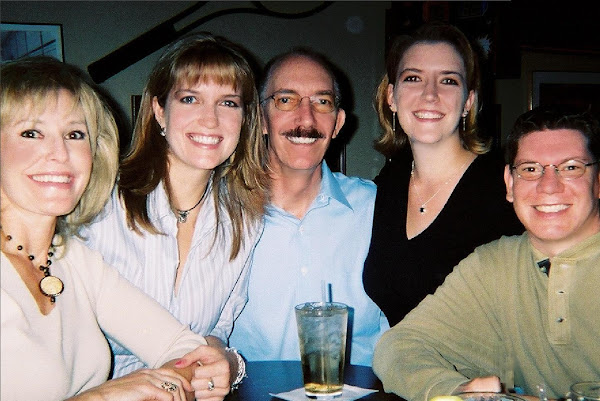 When I left my Boot Camp barracks, I had no idea I would never be able to return. Not that I wouldn't return, I couldn't return.The recruit buildings are gone. Gone right down to the ground and nothing built where they were. Just grass. Other buildings are still standing on the base after 150 years, but these brand new, modern, concrete structures are gone. Was it because of me? Was it so fouled by my presence that the whole building I was in and the dozens like it all had to go? Who made this decision? Geez.
When I left my Boot Camp barracks, I had no idea I would never be able to return. Not that I wouldn't return, I couldn't return.The recruit buildings are gone. Gone right down to the ground and nothing built where they were. Just grass. Other buildings are still standing on the base after 150 years, but these brand new, modern, concrete structures are gone. Was it because of me? Was it so fouled by my presence that the whole building I was in and the dozens like it all had to go? Who made this decision? Geez. But pondering a return to Great Lakes was not on my priority list as I reported to the Eugene A. Greene on December 17, 1966. This trip was a little different from reporting to boot camp. This time, I was completely on my own. Yes, there were going to be a couple of guys from my recruit company, but I hardly knew them. However, I was probably not the first kid to go through this, so... tough it out, dude.
 Norfolk, Virginia is a huge Navy town and there was a whole area designated just for Destroyers. My ship had come in (get it?) so I made my way to Tin Can Alley. The euphemism for a Destroyer is 'Tin Can' or just 'Can' because it is a relatively lightly armored, relatively small and very fast little boat that can actually feel the sea. The bigger warships are more like ocean liners that can smooth out the waves, but compared to them a Destroyer bounces on the ocean like a tin can.
Norfolk, Virginia is a huge Navy town and there was a whole area designated just for Destroyers. My ship had come in (get it?) so I made my way to Tin Can Alley. The euphemism for a Destroyer is 'Tin Can' or just 'Can' because it is a relatively lightly armored, relatively small and very fast little boat that can actually feel the sea. The bigger warships are more like ocean liners that can smooth out the waves, but compared to them a Destroyer bounces on the ocean like a tin can. The Eugene A. Greene was named for... wait for it... Eugene A. Greene! He was a Navy pilot who was killed in action in 1942 during the Battle of Midway. The Navy has a naming convention for their classes of ships and it was decided long ago to name Destroyers after Naval leaders and heroes. His wife actually christened the ship when it was launched in 1945.
The Eugene A. Greene was named for... wait for it... Eugene A. Greene! He was a Navy pilot who was killed in action in 1942 during the Battle of Midway. The Navy has a naming convention for their classes of ships and it was decided long ago to name Destroyers after Naval leaders and heroes. His wife actually christened the ship when it was launched in 1945.So the E. A. Greene was already 21 years old when I arrived on board. That was the very day it had arrived from a really long deployment to Vietnam. That's why so many new sailors were coming aboard and we had to jump out of the way of those leaving, many whose enlistments were up. They would have pushed us right off the gangplank.
This photo below was taken the year I joined the ship so that's very much how it looked.
The specifications for this class of Destroyer call for a ship's crew of 336 officers and men. That's right, no women at that point. With that many men jammed on a World War II era boat, I don't know where they would have stayed anyway. Neither the sleeping areas nor bathrooms were fitted for 'privacy'. There was no such thing. Look at the size of her! Even after a major refitting where missiles and other armament were added and the crew reduced to 14 officers and 260 enlisted men, that was 274 people who lived, worked, ate and slept with nowhere else to go. You were never alone.
 Destroyers don't get individual moorings next to a pier. They are usually stacked outward, so you may have to walk through multiple ships to get to yours. Each time you board and depart a ship, you salute the ensign (flag) at the stern (back end) of the ship and then the Officer of the Day (OOD). So if you're on the third ship moored out from the pier, you have some saluting to do, pal.
Destroyers don't get individual moorings next to a pier. They are usually stacked outward, so you may have to walk through multiple ships to get to yours. Each time you board and depart a ship, you salute the ensign (flag) at the stern (back end) of the ship and then the Officer of the Day (OOD). So if you're on the third ship moored out from the pier, you have some saluting to do, pal.When I came aboard, I presented my orders and was instructed that I had been assigned to First Division.







No comments:
Post a Comment